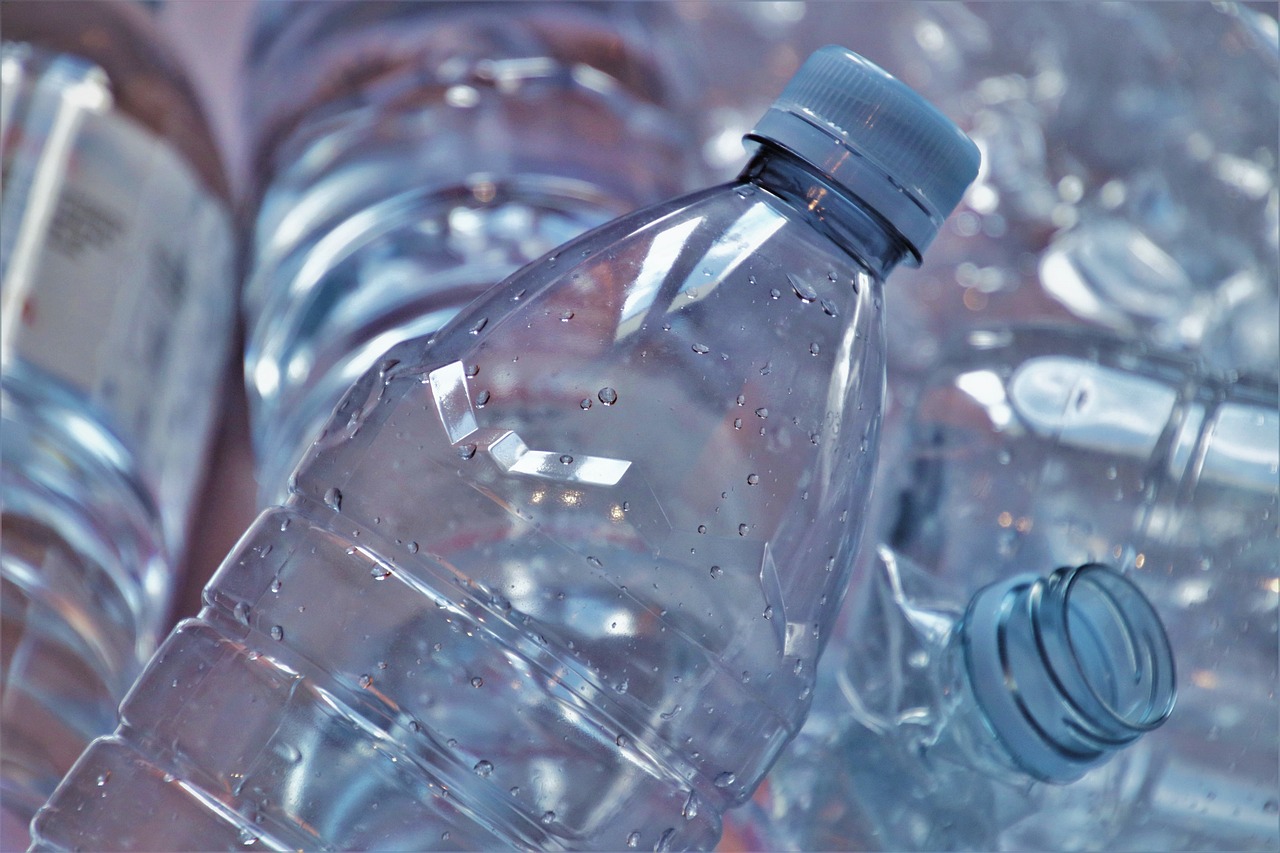
Blow Molding PVDF
Polyvinylidene fluoride (PVDF) has long seen use in applications requiring a chemical-resistant, high-purity, thermally-stable material. But this fluoropolymer has not traditionally lent itself to blow molding, an oft-economical way to produce hollow parts.
“PVDF has a very narrow processing window,” says Gerry Harms, a manager with Metro Mold & Design. Attempts to blow mold the material in a high-volume production setting failed because any variation in processing parameters simply made the material unmoldable. “The molding machine has to be controlled in a very precise way for PVDF. The material is especially sensitive to temperature,” he adds. Even a few degrees too hot during the molding process, and the parison won’t drop properly because of a loss of melt strength.
But Metro Mold & Design, which specializes in difficult-to-mold parts and materials, received many customer requests for PVDF. So the company’s engineers took on the tough-to-mold material, developing an optimized blow-molding process that can produce PVDF parts reliably. Harms says the company has been working with Kynar PVDF from Arkema Inc. for about a year. “It took us about six months of work until we felt it was truly production- ready,” he says. Metro Mold & Design has used the PVDF to make specialty containers for customers that Harms won’t disclose. Harms says Metro Mold & Design can also offer Kynar PVDF in a variety of hollow technical parts, too.
In general, PVDF often sees use in components for the chemical process industry, semiconductor manufacturing and medical devices, according to Bill Hartzel, a business development engineer with Arkema. “It can withstand some really nasty chemicals that would destroy many other plastics,” he says, listing high concentrations of sulfuric and nitric acid as two examples. PVDF, which lacks additives and processing aids, is also known for its high-purity.
In the past, hollow PVDF parts had to be injection or rotationally molded since blow molding wasn’t a viable option, he says. But for some parts, blow molding has significant advantages over the other two processes.
As Harms points out, blow molding can support thinner walls than rotational molding, leading to improved materials utilization. That factor really counts with PVDF, which can cost upwards of $9/lb. Blow molding also offers faster cycle times, he adds. Versus injection molding, the blow molding typically requires less expensive tooling. “And you can’t produce a truly seamless hollow vessel with injection molding,” Harms notes.
